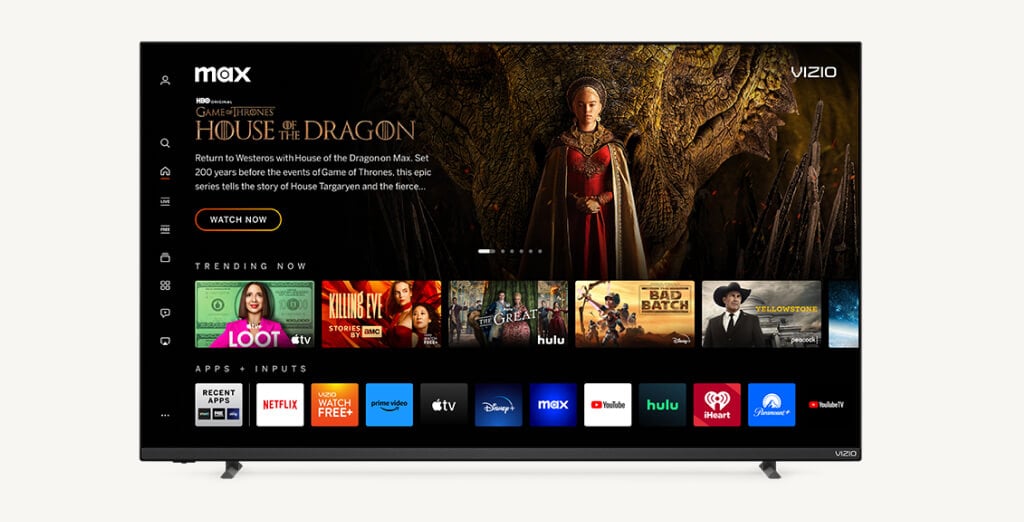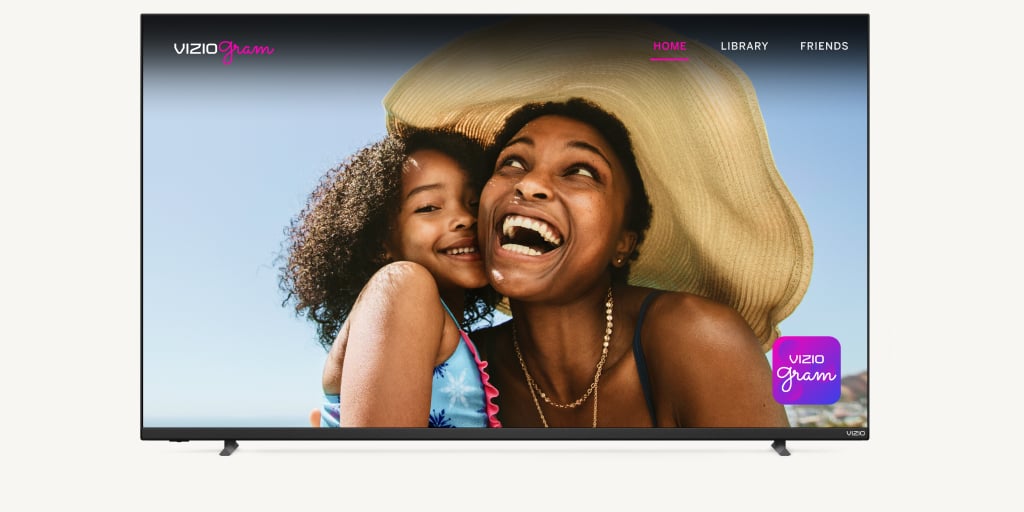Is Web TV Worth It?
September 11, 2009
Wall Street Journal
Don’t look now, but couch spuds are going surfing.
Now that TV sets are as thin as a quarter-inch and as wide as 205 diagonal inches, manufacturers have begun rolling out the next generation of flat screens with a coveted new feature: direct access to the Web. According to research firm iSuppli, nearly 15 million Internet TVs are expected to ship to stores this year, up from just 1.1 million in 2008; most will command up to a 25 percent premium over regular sets. Earlier this year Sony and LG Electronics released their first models, which can display pictures directly from photo-sharing sites like Flickr and stream TV shows and films from Netflix. Beginning in November, Vizio’s new models will let shopaholics browse products on eBay and place bids. Its remote control—complete with a small slide-out keyboard—will let users post Facebook updates and send Twitter messages.
Certainly, this new technology aims to fit the changing ways that Americans seek entertainment.
Not only have they become far less tied to rigid broadcast schedules—and far more willing to stream the latest episode of, say, Lost or Heroes on their laptops while sitting out on the back deck—but they’ve also increasingly become digital multitaskers. A recent survey by the Consumer Electronics Association revealed that more than 60 percent of online adults report Web browsing while watching TV. And nearly half of those who plan to buy a new TV this year say they’re somewhat or very likely to get one with a built-in Internet connection.
Bas Debbink, for one, wouldn’t exactly call himself a cutting-edge gadgeteer. Sure, he hits the Internet for stock updates and weather forecasts. He enjoys the occasional YouTube clip (like one his neighbors recently posted of a fox meandering through their yard) and has only just started looking into streaming movies online. Still, the 40-year-old from Somerset, N.J., admits that these days he’s feeling like a digital pioneer since he’s doing all this Web browsing on his 50-inch plasma TV.
But when it comes to the full promise of interactive television, consumers like Debbink are still being told to stay tuned. While broadcasters have been talking up “convergence” for at least a decade, analysts say they’ve been slow to integrate Web content with their programming in a way many consumers say they want. Hoping to click a few buttons on your remote to identify the song playing behind that love scene? Want to see the name and movie credits of that obscure character actor? Those features are still on pause. And then there’s the fact that the new Internet TVs don’t exactly let you surf to your heart’s content. Because most Web sites are configured to be viewed on small monitors, TV manufacturers haven’t installed full-blown Internet browsers; instead, they typically offer content from a handful of designated Web partners, whose sites are specially designed to not get blurry or grainy when blown up. Says Shawn DuBravac, research director at the Consumer Electronics Association, “We still have a lot to figure out in this space.”
Indeed, tech enthusiasts have been trying several alternative ways to surf their boob tubes. This spring, when Linda Jackson couldn’t find an Internet TV model that offered wide-open access to the Web, the 51-year-old from San Rafael, Calif., bought a regular 46-inch LCD set and connected it with a special cable to her laptop—making it, in effect, a humongous computer monitor. She likes cycling through her digital photo collection while listening to a “chill” Internet radio station, and she can surf without limits, using a wireless keyboard. Other early convergence devices channel the Web much like a set-top box does a cable signal. Gaming consoles, like PlayStation 3 and Xbox 360, enable gamers to play virtual tournaments and chat with fellow players, while special media boxes let users access movies, TV shows and music through iTunes store purchases (Apple TV) or Netflix subscriptions (Roku).
Analysts say that new Internet TVs are going a step further. Instead of pulling content from a single Web source, manufacturers are now striking multiple deals with popular sites like Yahoo and YouTube. Channel surfers use their TV remote to select little icons known as widgets to access content like weather reports, stock updates, breaking news or online photo albums—which appear in a box, usually on one side of the screen. Samsung, for one, recently added widgets for using Twitter, getting real-time sports scores from USA Today and playing games like Sudoku or QuizzMaster. Still, if they’re paying between $1,700 and $4,000, some consumers might expect more program-specific interactivity, like being able to turn on a baseball game and pull up stats for the batter at the plate. “Those are things we’re working on,” says Dan Schinasi, a senior manager at Samsung.
Of course, using any of these features can be frustrating if you’ve got a sluggish Internet connection—which is why experts recommend hooking up with a high-speed plan (at least 3 Mbps if you want to stream in high definition). And there are some Web-based activities that may not lend themselves as well to a large screen situated in, say, a busy family room. If you want to check your e-mail, none of the manufacturers has yet partnered with popular services like Gmail or Hotmail. But then again, who wants the kids walking by while you’re deleting all that racy spam on a 50-inch screen?

































